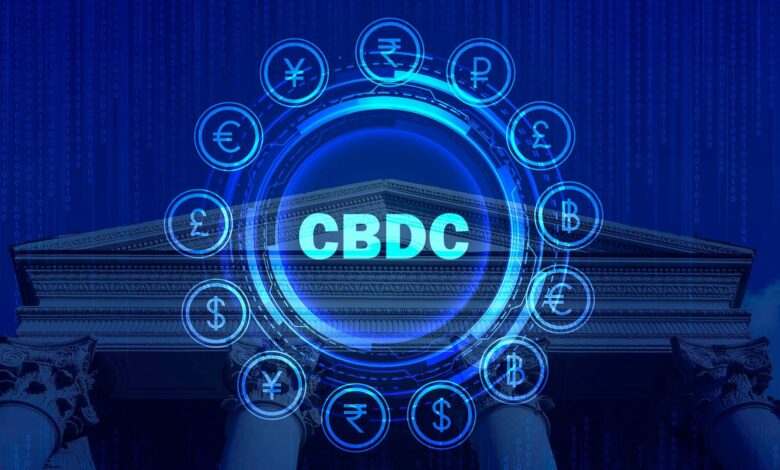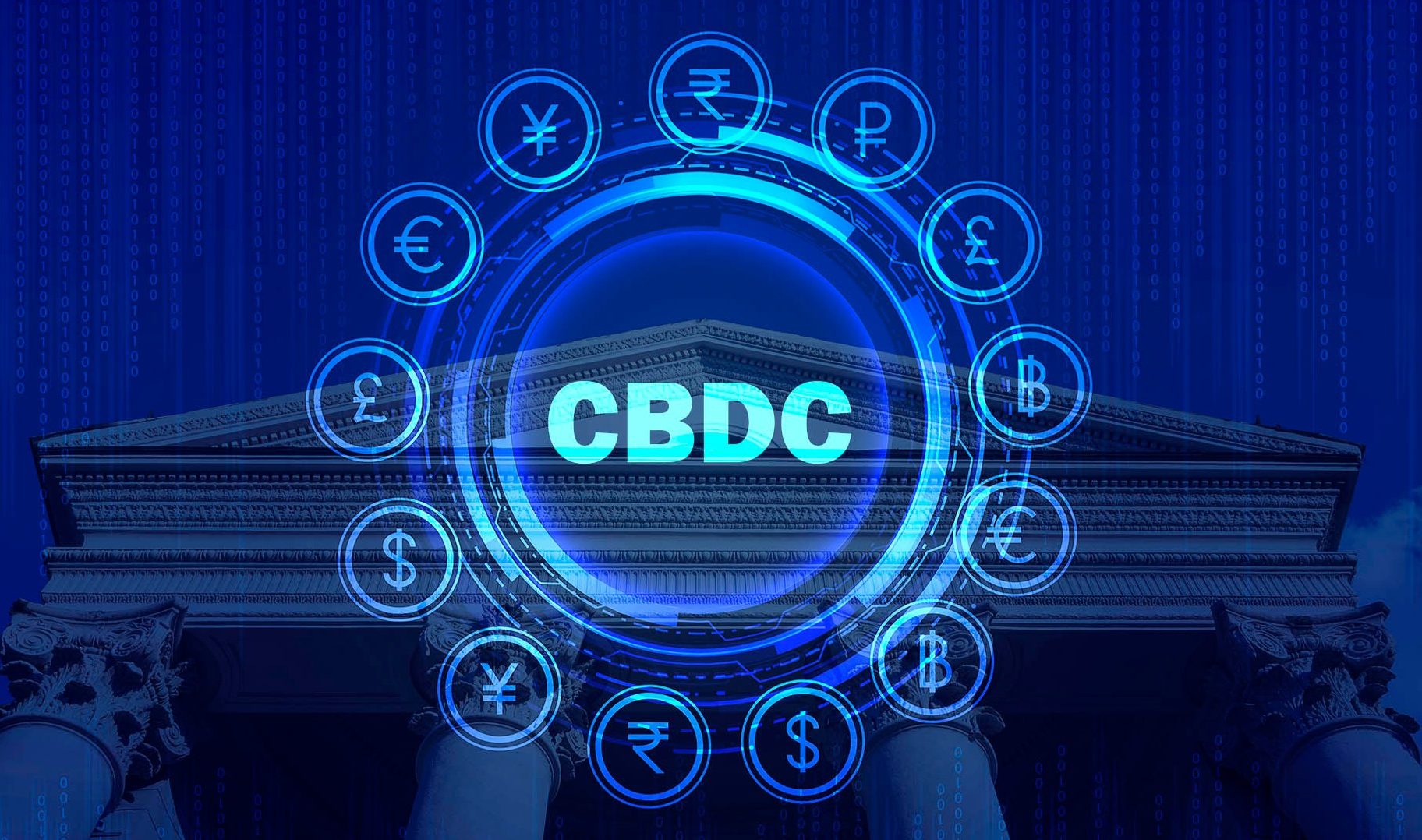Can Central Bank Digital Currency Lead to the Collapse of Cryptocurrency

Digital currency idea of central bank
The idea of Central Bank Digital Currencies is not a new one as central bankers around the world are discussing this topic, and even the International Monetary Fund as its managing director, Christine Lagarde, says are discussing the cons and pros of the idea.
The need to have this conversation has now become rife. In countries such as Sweden and China, the use of cash is reducing and has nearly disappeared. Meanwhile, digital payment systems like Venmo, PayPal and others in the east such as M-Pesa in Kenya, WeChat and Alipay in China, and Paytm in India are offering mouth dropping alternatives to our normal banking system.

There are still many fintech innovations that are tied to traditional banks, and none rely on blockchain or cryptocurrency. In a similar vein, if CBDCs are issued, there will still be no connection to these promoted blockchain technologies. Still, crypto-freaks have seized on policymakers’ consideration of CBDCs as proof that even central banks require crypto or blockchain to participate in digital currencies.
Such remarks are absurd. All private digital payment systems, whether connected to cryptocurrencies or traditional bank accounts will likely be replaced by CBDCs. Currently, central banks’ balance sheets are only available to commercial banks, and reserves are already held as digital currencies. It is for this reason that central banks are so efficient in facilitating lending transactions and interbank payments. Away from this, the importance of trading with the right tools at a top platform – including Bitcoin Revolution– cannot be ignored.
As individuals, non-bank financial institutions, and corporations do not have the same access, their transactions must be handled by licensed commercial banks. Therefore, Deposits from banks are a form of private money used only on non-bank transactions. Consequently, even fully digital systems such as Venmo or Alipay are unable to operate independently of the banking system.

If individuals are allowed to transact through the central bank, it would upend the current arrangements, eliminating the use of cash, normal bank accounts, and even digital payment methods.
Better still, CBDCs would not depend on public distributed ledgers with no trust or permission like those used by cryptocurrencies. Moreover, central banks have already granted access to a commissioned private non-distributed ledger that facilitates transactions and payments seamlessly and securely.
If a CBDC is issued, it would immediately displace cryptocurrencies, which are not secure, cheap, or easily scalable. Cryptocurrencies remain attractive to those who wish to remain anonymous, say enthusiasts. Although, similar to private bank deposits today, CBDC transactions can also be anonymous transactions, with account-holder information only accessible to law regulators or enforcements, when necessary, as it already is with private banks.
The use of crypto-wallets by individuals and organizations does not make crypto-currencies anonymous, since a digital footprint is still left behind. And authorities seeking to track terrorists and criminals will soon crackdown on completely private cryptocurrencies.
Generally speaking, CBDCs should be welcomed because they would take out worthless crypto coins. In addition, a CBDC-based system would enhance financial inclusion by transferring payments from private to central banks. Through their cell phones, millions of people without bank accounts could access an efficient, near-free payment system.

The main disadvantage with the use of CBDCs is that CBDCs would disrupt the existing fractional-reserve system, from where banks lend out more than they have in liquid deposits to create more money. To lend and invest, banks require deposits. Consequently, by moving private bank deposits to CBDCs, banks would become intermediaries of loanable funds, borrowing cash to service long-term loans, like mortgages.
In other words, the Central Bank would use a narrow banking system to replace the fractional reserve banking system. The result would be a financial revolution that can bring numerous benefits.
Conclusion
Until now, no country has chosen this path, perhaps because it would mean a radical breakdown of private banking. A possible alternative would be for central banks to lend back the deposits they collected from CBDCs to private banks. The risk of state interference in banks’ lending decisions would be obvious if the government were the only provider and depositor of funds.




